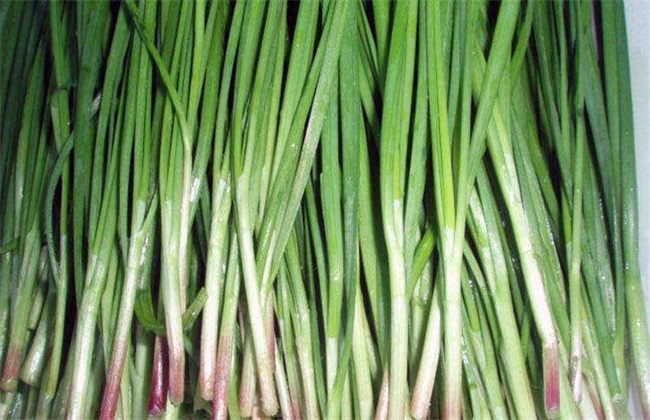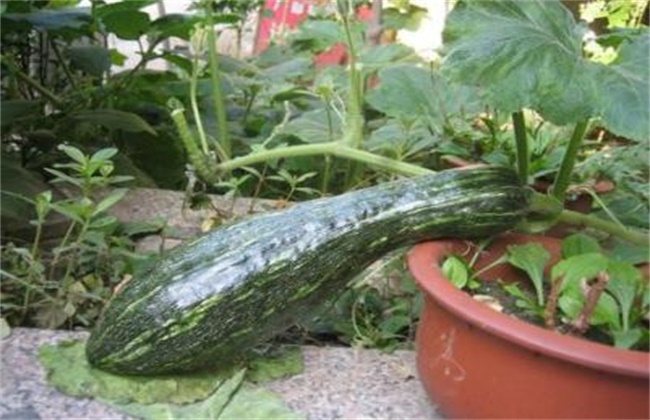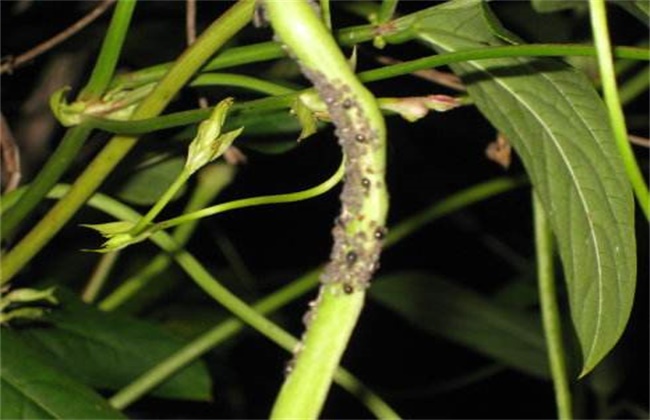Cultivation techniques of red leek
Leek is an ordinary vegetable, generally the rhizome part is a white goose, but Shouguang City, Shandong Province, there is a kind of red-rooted leek, this kind of leek is single-rooted, is a local specialty, with strong growth potential, good yield, strong resistance and other advantages, so it is loved by people, but as long as the environment is suitable, it can also be cultivated locally, then let's talk about how to cultivate it.

1. Selection of species and sites
Choose varieties with good cold resistance, strong adaptability, good disease resistance, strong potential and strong reproductive ability to plant. The planting site requires that the environment is pollution-free, the soil is clean and free of diseases and insect pests, it is best to plant on the sunny hillside, and clean water is required nearby. The soil should be fertile, not barren and saline-alkali land.
2. Sowing and raising seedlings
Directly in the field to do border ditch sowing, ditch depth of 3 cm, not so accurate, probably dig ditch on it, row spacing of about 15 cm, covering soil 2 cm, watering after covering soil, sprinkler irrigation through water, and then about once every two to three days to ensure that sprouts need water. Nursery seedlings to do 1.2 meters wide seedbed, fertilized and watered, directly and evenly sowed, covering soil about 1 cm. Then moisturizing, after the emergence of 4 real leaves can be transplanted, before transplanting to water, so as not to hurt the root. The planting row spacing is 15 cm, and the plant spacing is 8 cm.
3. Field management
After the appearance of the live broadcast, we should check the number of seedlings in time, whether there are no seedlings, those who do not emerge should replenish the seedlings in time; if the seedlings are raised, we should remove the weak seedlings, the diseased seedlings and the seedlings that do not grow well. After direct seeding, it is necessary to reduce moisture and prevent diseases; slow seedling fertilizer and water should be applied after seedling cultivation and transplanting to help recover as soon as possible. Weeds should be cleaned up in time when they are found. After the seedling stage, topdressing should be applied according to the growth stage.
4. Disease and pest control
The main disease is Botrytis cinerea, which produces white-gray disease spots on the leaves. Finally, the disease spots spread and dry up and die after decay. Use antimicrobial fertilizer and spray 70% carbendazim or 70% methyl topiramate wettable powder twice at intervals of 3 days. The main pests are the root maggots and the larvae of the late-eyed mosquito, which will gather under the roots to eat the rhizomes and eventually lead to root necrosis.
Red leek is a specialty of Shouguang, but it can also be planted in other areas. in addition to higher environmental requirements, other methods are almost the same. attention should be paid to the prevention and control of diseases and insect pests in cultivation. In this way, the problems that should be paid attention to in the whole cultivation are almost enough.
Related
- Where is it suitable to grow horseradish in China? it is expected to see the middle altitude horseradish in Alishan.
- How to prevent tomato virus disease reasonably? (Control methods included)
- Many people like to plant towel gourd on the balcony. What are the main points of this method and management?
- What crops can chili peppers be mixed with?
- Fertilization techniques and matters needing attention in Tomato
- What are the grafting techniques for peach seedlings in spring?
- Harm and control methods of root swelling disease of Chinese cabbage
- What are the pests of sweet potatoes? How to prevent and cure it?
- Symptoms, causes and Control methods of navel Rot in Tomato
- The cause of "Cucumber rotten bibcock" in Farmers' planting Cucumber and its Control Plan



